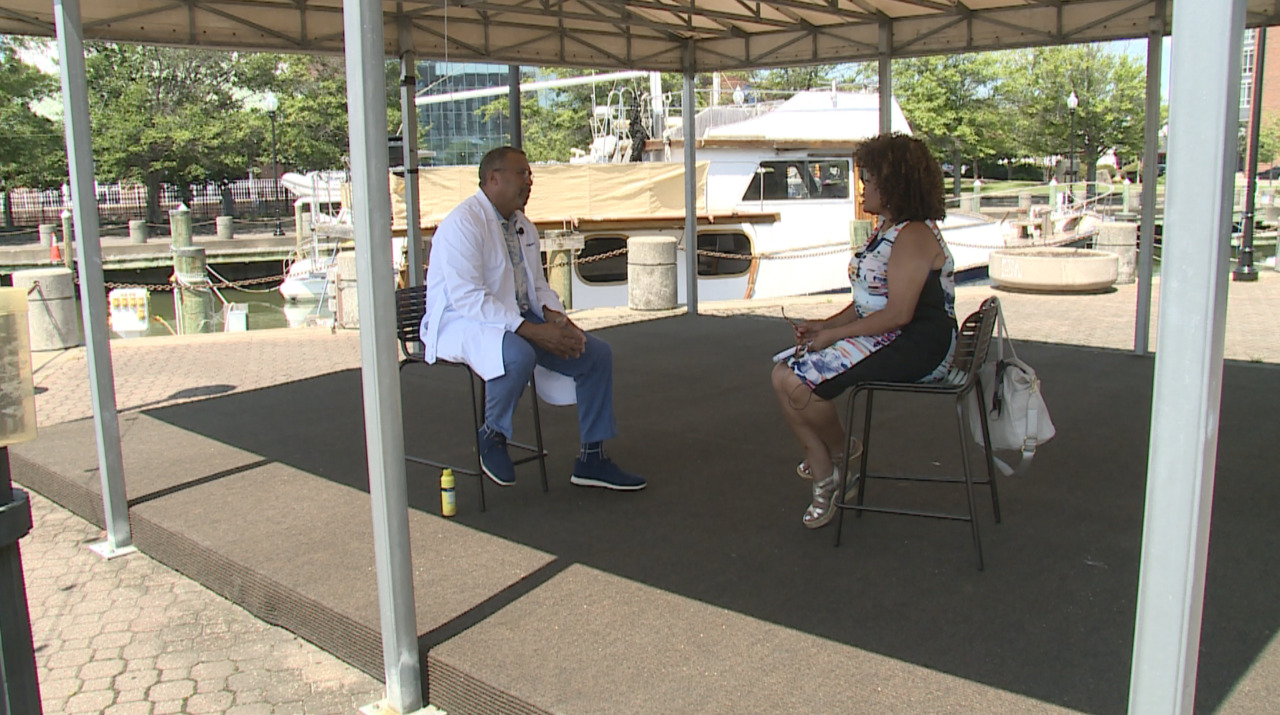HAMPTON, Va. — Let’s begin with the science of the sun. It is a star at the center of the solar system, a nearly perfect ball of hot plasma. It is the most important source of energy for life on Earth.
Yet, to live with its ultraviolet and infrared radiation, we need to carefully manage our exposure.
Dermatologist Dr. Fred Quarles, who practices at Langley Air Force Base in Hampton, says, “all skin types should be aware that they can get skin cancer.”

Many of us go about our daily lives under the glare of the sun without giving it much thought. Data from the Center for Disease Control suggests we should be aware of the danger of overexposure to UV rays.
According to the CDC, your skin can get damaged from getting as little as 15 minutes of sun exposure. Too much sun can increase your risk of getting skin cancer, which is the most common cancer in the United States.
Anyone can get skin cancer, but people with certain characteristics are at greater risk. Dr. Quarles says dermatologists classify skin tones into one of six categories, and some complexions are at higher risk of developing cancer than others.
"Skin type one [is someone with a] fair complexion, red hair, blue eyes, who burns easily [and] almost never tan. Those people are at the highest risk," said Dr. Quarles.
However, the CDC's data clarifies that darker skin people with more melanin are not immune to skin cancer.
“I like to use the skin cancer death of performer Bob Marley as an example," said Dr. Quarles, "Marley developed melanoma on his toe and was advised to amputate the toe but declined. He loved to play soccer as much as he loved music. We don’t have Bob Marley because he died of melanoma.”
A change in your skin is the most common sign of skin cancer, according to the CDC. The shape, an irregular border, the color, and an evolving mole means you should get it looked at.
Dr. Quarles ended the interview with this warning: “Some people think they can get a safe tan. There’s no such thing as a safe tan.”




